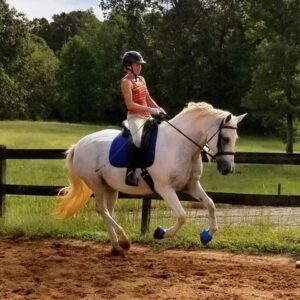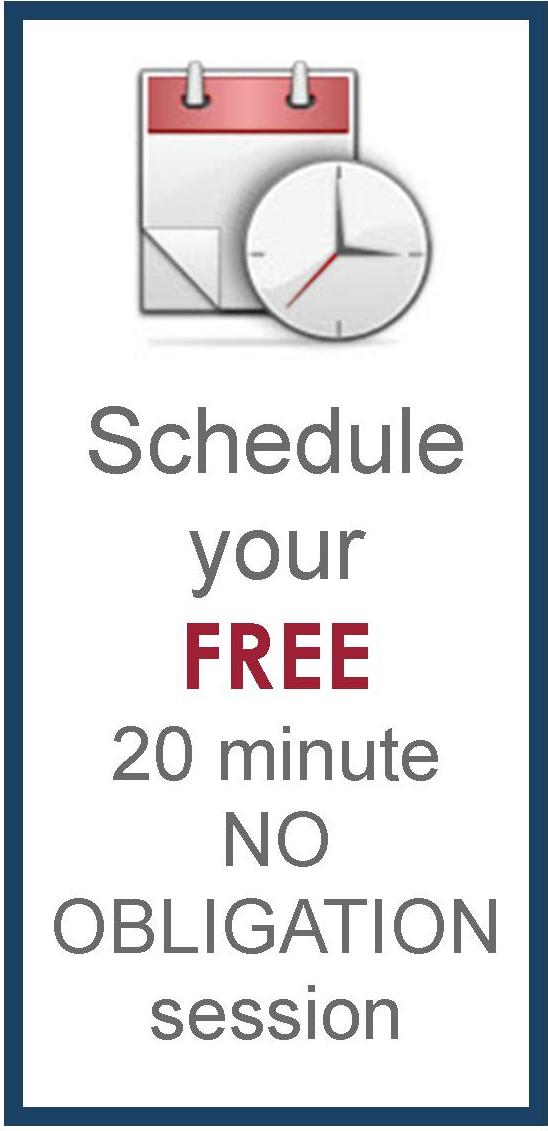Life is continually in transition: 5 ideas for embracing change

“It is when we are in transition that we are most completely alive.”~William Bridges
After 2020, we should all know life is in transition. The year was filled with unpredictable and uncomfortable transitions including the upheaval in daily life due to the coronavirus pandemic with highly variable responses and restrictions by various government entities. There will be long term consequences, all of which are not clear at the present time.
The immediate effects were brutally obvious in the world of education, from early childhood daycare through graduate school education. When the fear of illness and death was palpable, employees 9n higher education were first furloughed, then often let go permanently. Laboratories were shuttered and thousands of animals were culled. Human subject research ceased, and fieldwork in all disciplines ground to a halt. It will take a long time to get these studies back on track. Many educational institutions themselves may be permanently closed over the next year, perhaps as many as one-third of those currently in operation, and the precarious employment in higher education will become ever more tenuous.
Kinds of transitions
Transitions come in all sizes and shapes and can be either predictable or unpredictable, or even unseen because the transition is slow and invisible. Predictable transitions include repetitions from one season to another, the 24-hour daily cycle of darkness to light, or the physical pattern of infancy to adult in any species. Unpredictable transitions are unexpected, stressful, frequently scary, and break with anticipated normal transitions. Long-term but unremarkable transitions can include the fallow period before a seed sprouts or the preparation for parenting and the transition to parenthood. In addition, humans of all cultures have imposed some anticipated transitions from youthful schooling to adult work, though obviously, the form this takes will vary.
My work involves helping people deal with transitions whether anticipated or horrifyingly unexpected. As my long-time readers know, I was unexpectedly widowed at 39, turning all my life plans upside down. My husband died, I nearly died, and my two girls were injured, both physically and psychologically in a brutal car wreck. Life became focused on healing my body, parenting my children, and looking for work that would allow us to survive financially. My key to healing at all levels was a recognition of how profound the changes were, and a willingness to slowly, ever so slowly, come to terms with the complete alteration in our lives. I believe this awful time helped prepare me for the frustrations and fear induced by the Covid-19 pandemic. Given that my husband had just taken a tenure-track job, my empathy for those dealing with painful academic transitions is profound.
Lifequakes
Harkening back to the 1970s, the term “lifequake” has come back into fashion to describe the kind of shock to the system that can throw humans off their life plans. Like an earthquake destroys buildings and landscapes. This might include a car wreck as I experienced, being laid off (another awful occurrence I have experienced), being diagnosed with a terrible illness, or finding a significant relationship ending quickly and dramatically (which, unfortunately, I have also experienced). Lifequake describes the upheaval and destruction of personal lives in the same way earthquake conveys the destruction of buildings and landscapes.
Below are 5 ideas for embracing change to prepare yourself to some extent for even unexpected or awful transitions.
1. Know the emotional stages of transition
Knowing the emotional stages you might go through as you deal with unanticipated transitions is one way to fortify your psyche in advance of unanticipated change. My favorite model of change and transition remains the very simple three-stage upside down Bell curve described by William Bridges. Understanding his model is why my coaching practice is called “Transitioning Your Life.” To quote Bridges:
Change is situational. Transition, on the other hand, is psychological. It is not those events but rather the inner reorientation or self-redefinition that you have to go through in order to incorporate any of those changes into your life. Without a transition, a change is just a rearrangement of the furniture. Unless a transition happens, the change won’t work.
Bridges describes how “change happens,” and is followed by a series of negative emotional stages on the downward slope including denial, shock, anger, frustration, and ambivalence. Next comes the “neutral zone” at the bottom of the bell, where it appears nothing is happening, but in actuality is coming to terms with whatever has suddenly changed. Finally, a “new beginning” emerges on the upward slope, moving through the emotions of skepticism, acceptance, hope, and eventually an enthusiastic embrace of something new. In this model, change is external and often fast, while a transition is internal and often slow.
2. Prepare for the transition
My horse training friend, Carol, talks about the importance of transitions in dressage to move from one gait to another. “As riders become more advanced, the need for a prepared, well-executed transition is vital. To get a good transition from your horse, you have to make your intentions really clear.” Going from a walk, trot, canter/lope, gallop and back requires knowledge of the natural rhythm under the rider’s weight. “Moving from one gait to another means the preceding gait is forward, fluid, and the horse is relaxed. Without this preparation, the horse may slide into the next gait, making the transition sloppy.” Dressage judges look for balance, steadiness, and power as well as precise, smooth transitions.
Taking the analogy of horse training to human life, you also want to seek balance, steadiness, and power to create smooth transitions for yourself. Preparation means being clear about your current abilities and constantly looking for new ways to enhance your skills or increase your knowledge. The work of teacher and writer George Leonard (1923-2010) shows mastery is a continuing journey, one requiring a constant recommitment to building skills in order to overcome new challenges. You must be willing to learn new techniques and improve old ones. You must know what actions hold you steady when things get rough and practice them when things are going smoothly to survive the hard times.
3. Have eyes on the ground
“Eyes on the ground” refers to having one or more observer in an area of interest. To quote my training friend, Carol, again, “This is important because you cannot always see what your horse looked like while you are riding. You need to have someone standing on the ground to give feedback on how you are sitting, how the horse is responding to your directions, and how you are responding to anything unexpected the horse is doing. Seasoned horse trainers and riders, like other athletes, go to clinics and use coaches to accomplish this.”
Even though you may be an expert, you can still get better with outside observation. Not to mention helping you let go of any bad habits you may have fallen into without realizing it. Sitting securely and confidently in the saddle will help you recover quickly when something bad happens, like literally being thrown off your horse. Using those eyes on the ground will help keep you from suddenly feeling less capable than you actually are or becoming afraid of doing what used to come easily and get back up on the horse to ride again.
4. Use available resources and follow through
As you work through any transition, you need to look at the resources available to you. Now that you have eyes on the ground, what do you need to do to follow through? What do you need to get better psychologically, physically, or grow your expertise in a particular area? If you are looking to leave a job, academic or otherwise, you want to know what experience and knowledge you need to have to succeed in a new and different one. Being prepared to transition means investigating what is truly important to you, then figuring out the best way to deploy that discernment.
5. Be OK with uncomfortable
There are no two ways about it, growth is uncomfortable. It’s scary to be hurled out of your comfort zone. It’s even scary when you have planned to leave your comfort zone on purpose. Or as I like to say, “Even good transitions can be hard.” Discomfort signals change is happening. You can embrace the change or reject it. Amanda Lang in The Beauty of Discomfort (2018) says discomfort is inevitable on the way to success. Reframing and acknowledging discomfort, rather than denying it, will go a long way toward making the in between times bearable.
To sum up, preparing for inevitable transitions, both good and bad, requires looking ahead and not backward, while building both your understanding of change and improving your skills ahead of time.
If you are struggling to deal with a transition in your life, Hillary can help!
Tags: academia, academic, attitude, be prepared, career, change, confidence, get organized, letting go, planning, self-trust, transition, why change is hard







As someone facing some big upcoming transitions and having just made others, I found this column really helpful to put a name to some of the things that have happened to me and my reactions. It singles things out of what sometimes seems a confusing accidental muddle and helps me isolate the things that work(ed) and what didn’t. Thanks!
Thank you so much, Jenny! It always warms my heart when someone like you says my blog is helpful.
Hi Hillary,
A great article that makes a number of excellent points. Very fitting for these strange and stressful times. I’d like to add one element that I’ve found very helpful in moving forward, and that is pausing to grieve what has been taken away or left behind, as well as the “discarded” choices once a decision has been made.
Totally agree, Robin, you must address the need to grieve before moving on. I’ve written about this in the context of leaving academia, but as you note, it applies to pretty much every transition.